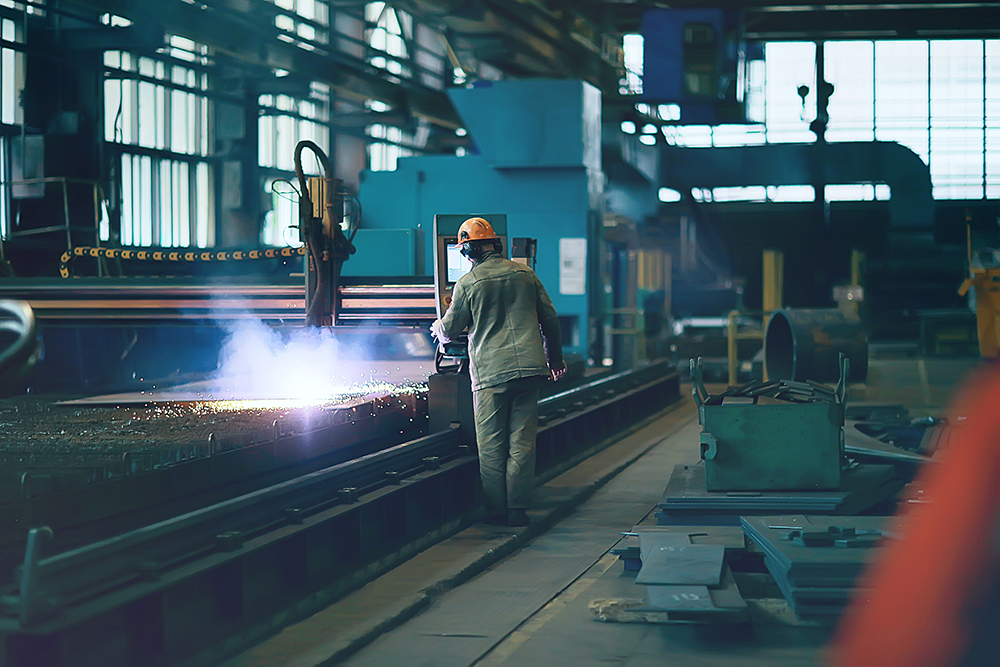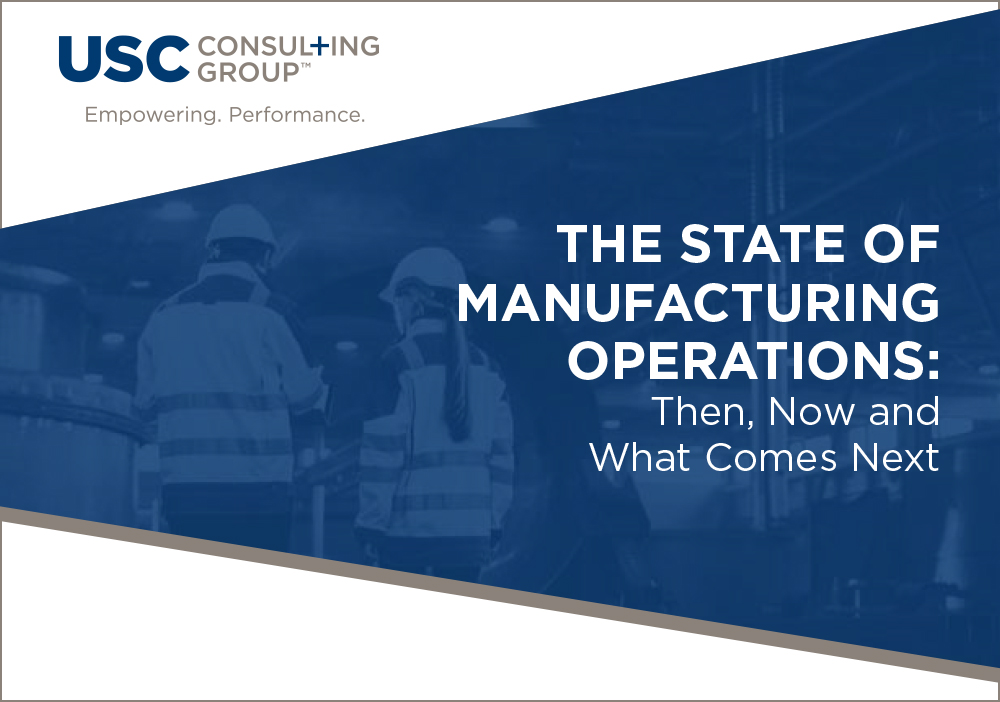
A Look Into the Future of Manufacturing: Which Changes Will Be Permanent?
In 2020, business as usual was thrown out the window. Companies in all industries needed to make changes on a dime.
For manufacturing, that meant slowdowns in production caused by various factors including delays in getting workers on and off the shop floor due to COVID-19 protocols, and socially distant spacing resulting in fewer people on the floor at one time. COVID-closed borders disrupted supply chains industrywide, forcing manufacturers to look outside the box for new supply sources and causing further delays getting product to consumers. Outright shutdowns. Layoffs.
There were other sorts of changes that didn’t involve production. People who could work at home, did. Business travel ground to a halt. And companies started thinking more and more about automation.
As 2020 drew to a close and the COVID-19 vaccine became a reality, we began to see light at the end of this socially distanced tunnel. It’ll be awhile until we can get out from under this pandemic, but manufacturers are already looking at what the landscape might be once the dust settles and the pandemic is over.
Some of the changes brought about by COVID will surely be permanent. In our whitepaper, The State of Manufacturing Operations: Then, Now and What Comes Next, we analyzed where manufacturing is today, and where it might go in the future. Here’s what our crystal ball, based on our half-century in the business, found:
More automation
If companies brought in automation, it’s here to stay. The efficiencies realized by automating manufacturing tasks will boost companies’ bottom lines. AI will help speed production and guard against the downtimes and downturns that manufacturing experienced because of COVID if another pandemic hits our shores. These changes aren’t just affecting people on the production lines. Office tasks will increasingly be automated, too.
Less business travel
Why take days to travel across the country for a meeting, incurring expenses like gas or plane fares, hotel rooms and meals on the road, when you can accomplish the same thing with a Zoom meeting before lunch? The savings companies will realize by limiting or eliminating business travel are enormous and will have a substantial effect on their bottom lines. We can see the end of the “road warrior” era on the horizon.
More working from home
People’s lives and structures have changed because of COVID-19. Employees who never worked at home before were suddenly forced to do so because of the lockdown, and it opened a lot of eyes. Employers who previously required “face time” in the office found that employees were just as productive, or even more so, at home. And employees found they like working from home. The lack of the daily commute alone is a great benefit, reducing people’s stress levels, giving them more time in their day, and increasing happiness. Working at home increases work/life balance. Why go to the office if you’re not physically using a wrench?
Changes in operations
COVID has forced everyone to put a laser focus on safety and efficiencies. Many of the new safety protocols arose from the need to find new ways of doing the same processes, with new efficiencies emerging as a result.
Less brick-and-mortar
We will see a resurgence of brick-and-mortar transactions, to be sure. But now that people have been used to buying online, why go back to the old way? The effect is cutting out the middleman.
New sources in the supply chain
Manufacturing has lived through the disruption of supply chains caused by COVID, found new partners, new sources of materials and product, and new ways of meeting the demand. Where can you source products if the borders close again?
Permanent changes in manufacturing after COVID:
- More automation
- Less business travel
- More working from home
- Changes in operations
- Less brick-and-mortar
- New sources in the supply chain
At USC Consulting, we’re boots on the ground for the manufacturing industry, before, during and after this pandemic. Get in touch to find out more.
For more information on The State of Manufacturing Operations, download our free whitepaper here.






